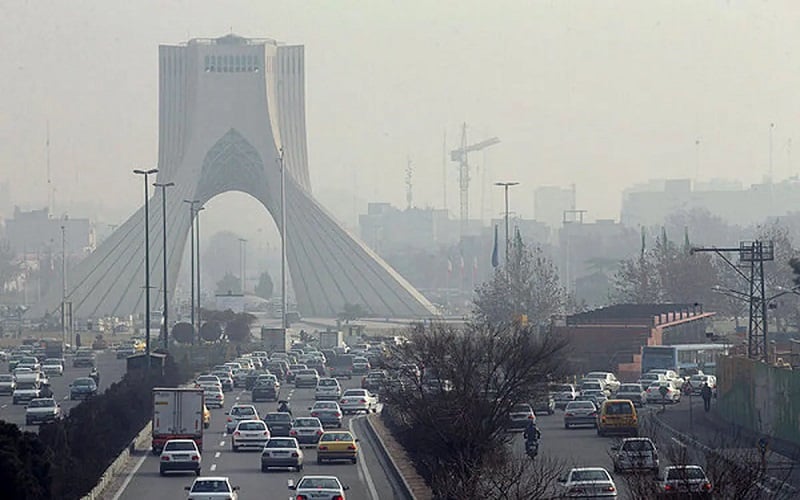
Similar Posts
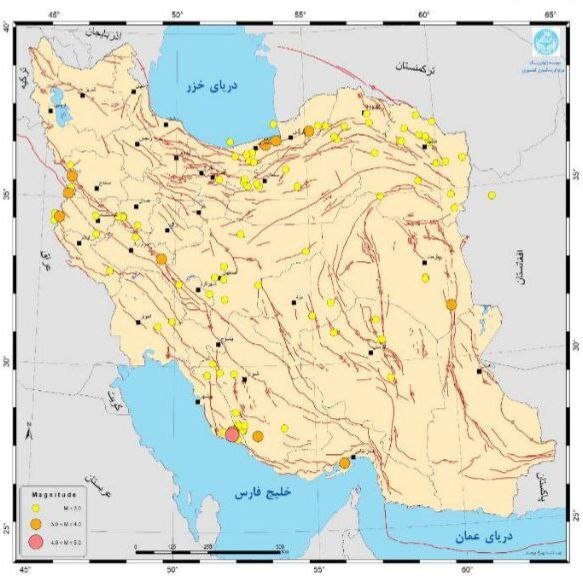
Over 100 Earthquakes Rattle Iran in Just One Week: What You Need to Know
In the fourth week of Bahman (February 8-14), Iran recorded 105 earthquakes, reflecting its ongoing seismic challenges, with 92 quakes below magnitude 3, 12 between 3 and 4, and 1 reaching 4. The notable quake occurred on February 10 in Kangavar. Khorasan Razavi reported the most activity at 17 quakes, while several provinces experienced none. Over the past year, Iran documented 6,949 earthquakes, predominantly in Khorasan Razavi and Kerman. Iran, accounting for 2% of global earthquakes, has seen over 6% of related fatalities, highlighting its vulnerability, especially in Tehran, a disaster-prone city with outdated infrastructure.

2025 QS Rankings: 17 Iranian Universities Shine by Subject!
In the QS World University Rankings by Subject 2025, Iranian universities have significantly improved, with 17 institutions recognized across 21 subject categories, up from last year. The rankings evaluate 1,758 universities based on academic and employer reputation, research citations, H-index, and international collaboration. Notable successes include the University of Tehran, ranked 280 globally, and leading in Petroleum Engineering at 22. Sharif University of Technology also rose to 292. In Life Sciences, Tehran University of Medical Sciences improved to 309. Overall, 85 Iranian universities were acknowledged in the Times Higher Education Rankings, with Sharif University leading at 301-350.

Over 300 Migrant Families Facing Deportation: The Impact of ‘Labor Children’
A national campaign in Tehran has successfully identified and repatriated over 300 children involved in child labour, with about 85% being unauthorized migrants. The initiative stresses family support in combating exploitation and promotes prioritizing education over work. A new program, in collaboration with UNICEF, will offer conditional aid to families who withdraw their children from street labour and enroll them in school, launching on June 12, the World Day against Child Labour. This effort coincides with Iran’s hosting of over 6 million Afghan nationals, highlighting the need for collaborative solutions to migration and child welfare issues.
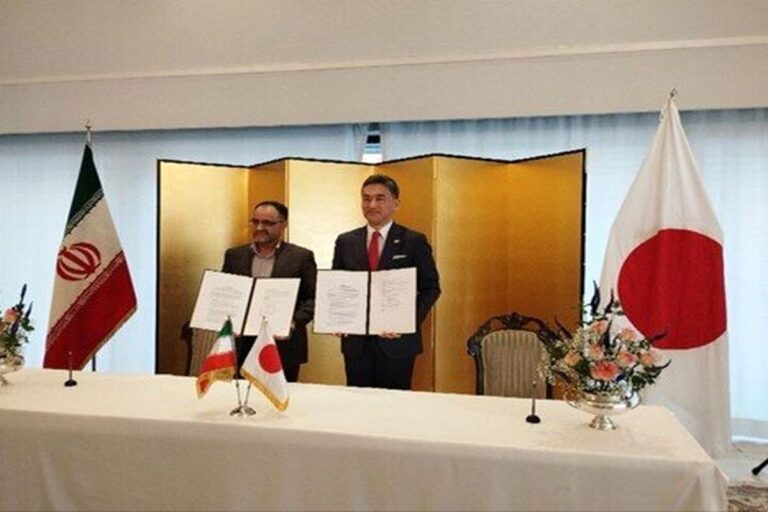
Japan Invests in Life-Changing Medical and Vocational Initiatives for Vulnerable Communities Across Four Provinces
The Government of Japan has allocated approximately €360,000 to support four projects aimed at assisting vulnerable populations in Iran. This funding will deliver essential medical equipment, including endoscopy and mammography machines, to a hospital in Qeshm, a medical university in Bushehr, and two charity foundations in Tehran and Alborz. Japanese Ambassador Tamaki Tsukada endorsed the initiative in Tehran, highlighting Japan’s commitment to enhancing healthcare and vocational training in Iran. This effort complements Japan’s previous contributions to environmental projects, reinforcing its role as a vital partner in humanitarian assistance and sustainable development within the region.
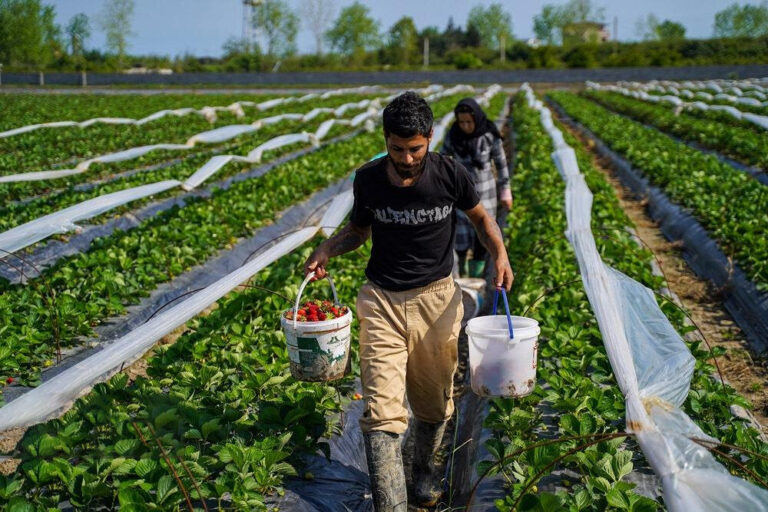
Sweet Beginnings: Mazandaran Kicks Off Strawberry Harvest Season!
In Bahnamir County, Mazandaran, Iran is making notable progress in strawberry production, yielding over 22,000 tons annually. The country aims to boost total strawberry output to 70,300 tons by 2026, reflecting a 1.8% annual growth rate. This initiative highlights the significance of strawberries for domestic consumption and export. Favorable climate and modern farming techniques contribute to the region’s success. Government support includes training programs, financial assistance, research on pest-resistant varieties, and improved market access. These efforts align with Iran’s agricultural policies to enhance food security and reduce import reliance, securing a prosperous future for strawberry cultivation.
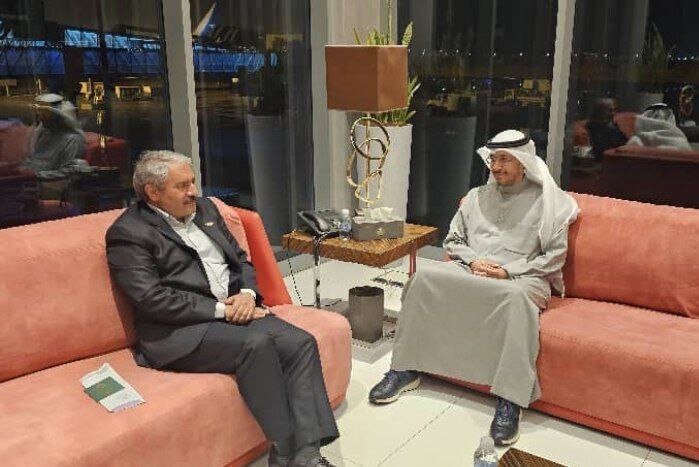
Iran Takes Center Stage at 38th ROPME Executive Committee Meeting: A Key Player in Regional Environmental Cooperation
Ahmad-Reza Lahijanzadeh from Iran’s Department of Environment attended the 38th executive committee meeting of the Regional Organization for the Protection of Marine Environment (ROPME) in Kuwait, focusing on marine conservation in the Persian Gulf and Sea of Oman. ROPME, established in 1979, includes seven member states and emphasizes regional cooperation for environmental sustainability. Key discussions highlighted the need for coordinated efforts to address challenges facing marine resources. Iran proposed a regional biodiversity center and a strategic roadmap for marine conservation. Furthermore, Iran’s ambassador to Kuwait underscored the importance of collaboration to tackle pollution from maritime activities, aiming for a healthier marine environment.